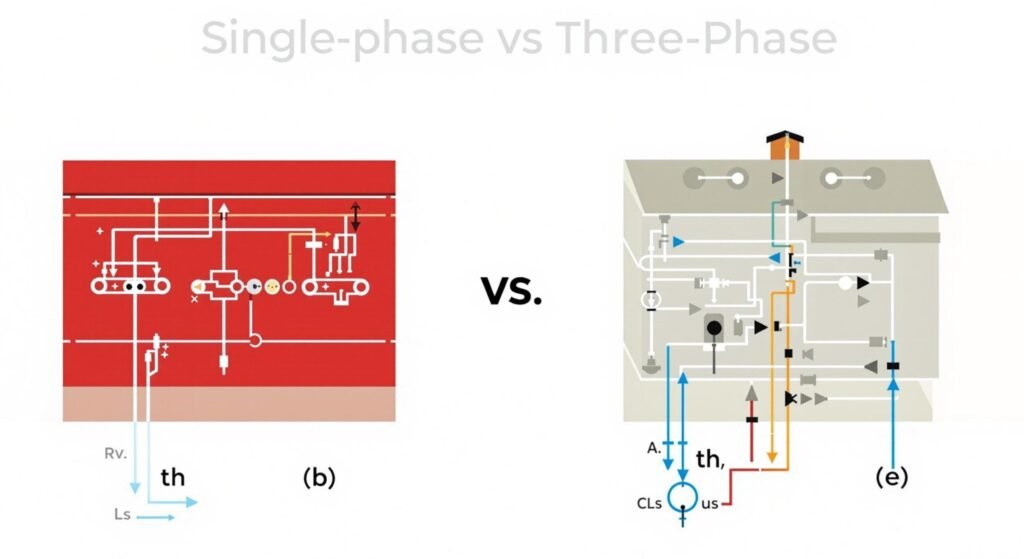What Is the Earth Resistance of a Distribution Transformer
Earth resistance measures how effectively a distribution transformer’s ground connection diverts fault currents.
Read More
Transformers are integral components in electrical systems, facilitating the efficient transmission and distribution of power. Selecting the appropriate kVA rating for a transformer is a critical decision that impacts the performance, reliability, and cost-effectiveness of the entire system.
This blog post delves into the key factors to consider when choosing the kVA rating for your transformer, including load calculations for both three-phase and single-phase transformers. We will explore the differences between single-phase and three-phase transformers, discuss future expansion possibilities, and provide a table of standard transformer sizes.

To calculate the load for a three-phase transformer, follow these steps:
For a single-phase transformer, the load calculation process is similar but slightly simpler:
When selecting a transformer, it’s important to consider whether a single-phase or three-phase system is most suitable for your application. Single-phase transformers are commonly used in residential and light commercial settings, while three-phase transformers are typically employed in industrial and heavy commercial environments.
If you anticipate significant load growth or the addition of three-phase equipment in the future, it may be more cost-effective to install a three-phase transformer from the outset. This can help avoid the need for costly upgrades or replacements down the line.
| Single-Phase (kVA) | Three-Phase (kVA) |
|---|---|
| 5 | 9 |
| 10 | 15 |
| 15 | 30 |
| 25 | 45 |
| 37.5 | 75 |
| 50 | 112.5 |
| 75 | 150 |
| 100 | 225 |
| 167 | 300 |
| 250 | 500 |
| 333 | 750 |
| 500 | 1000 |
The environment in which the transformer will be installed and operated should also be taken into account. Factors such as ambient temperature, humidity, altitude, and exposure to dust, dirt, or corrosive substances can impact transformer performance and lifespan.
For outdoor installations, transformers with weatherproof enclosures and proper insulation are essential to protect against the elements. In harsh industrial environments, transformers with specialized coatings, seals, and cooling systems may be necessary to ensure reliable operation and longevity.
Transformer efficiency is another important factor to consider, as it directly impacts long-term energy costs. Higher-efficiency transformers may have a higher upfront cost but can provide significant energy savings over their lifespan. This is particularly true for applications with high load factors or continuous operation.